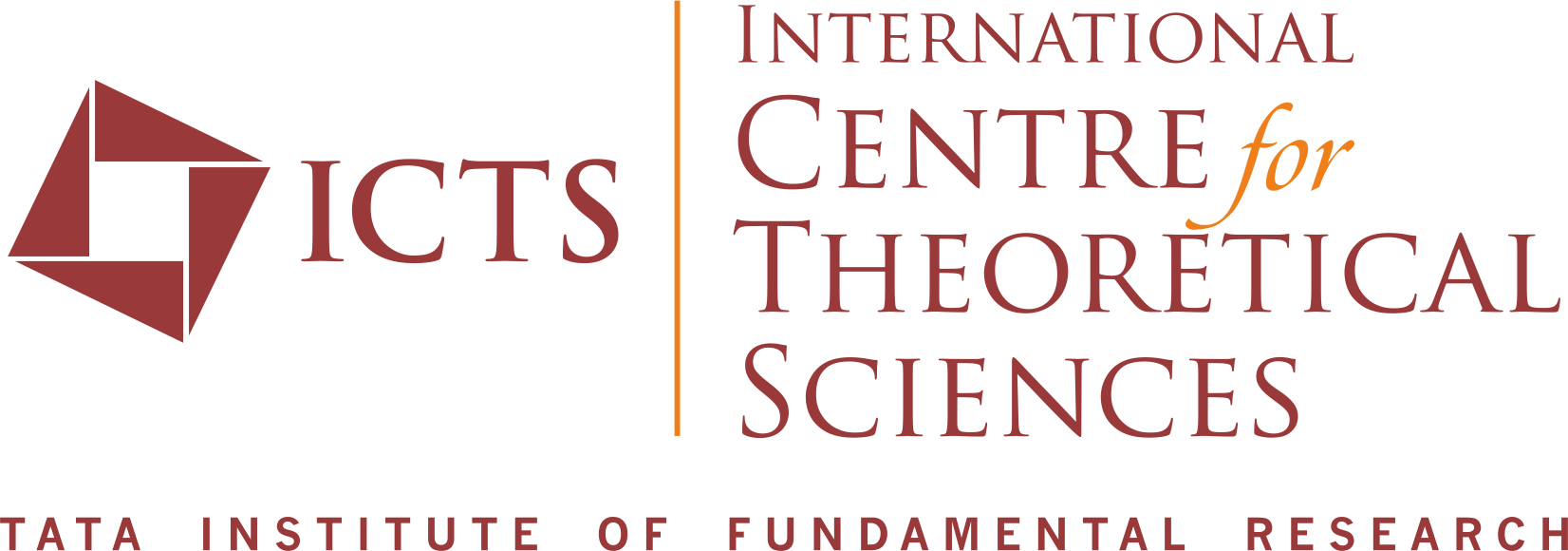Gravitational-wave (GW) observations have opened an entirely new window onto the universe. While propagating from the source to detectors, GWs can be deflected by intervening massive objects such as galaxies and galaxy clusters. This is known as gravitational lensing. A small fraction (0.1-1 %) of the detectable GW signals will be strongly lensed, producing multiple images. Proposed third-generation detectors, during their operational lifetime (10 years), are expected to detect roughly millions of GW events annually, with tens of thousands being strongly lensed. We develop a method to measure cosmological parameters and investigate the nature of dark matter using the abundance and time delays of strongly lensed GWs. We also explore potential systematic errors, and prospective constraints on cosmological parameters and nature of dark matter.
Zoom link: https://icts-res-in.zoom.us/j/93582548066?pwd=haZ2kb5J9z6ZfXxnwVDkdmYoVWarWF.1
Meeting ID: 935 8254 8066
Passcode: 038735

